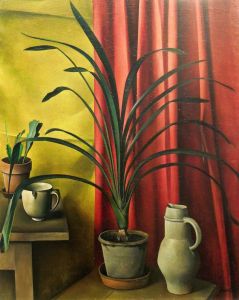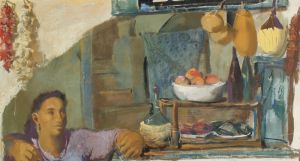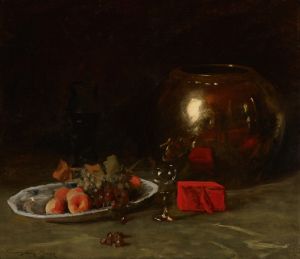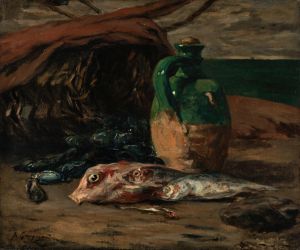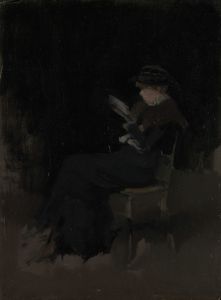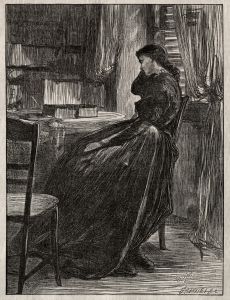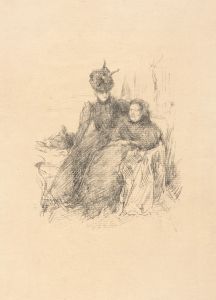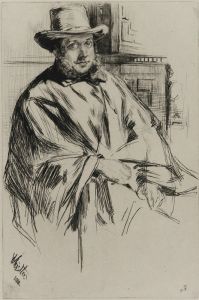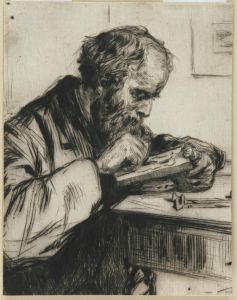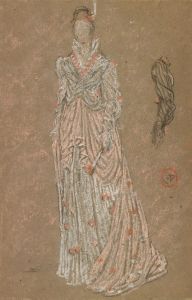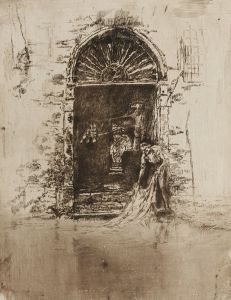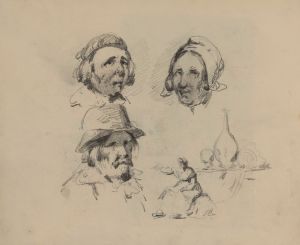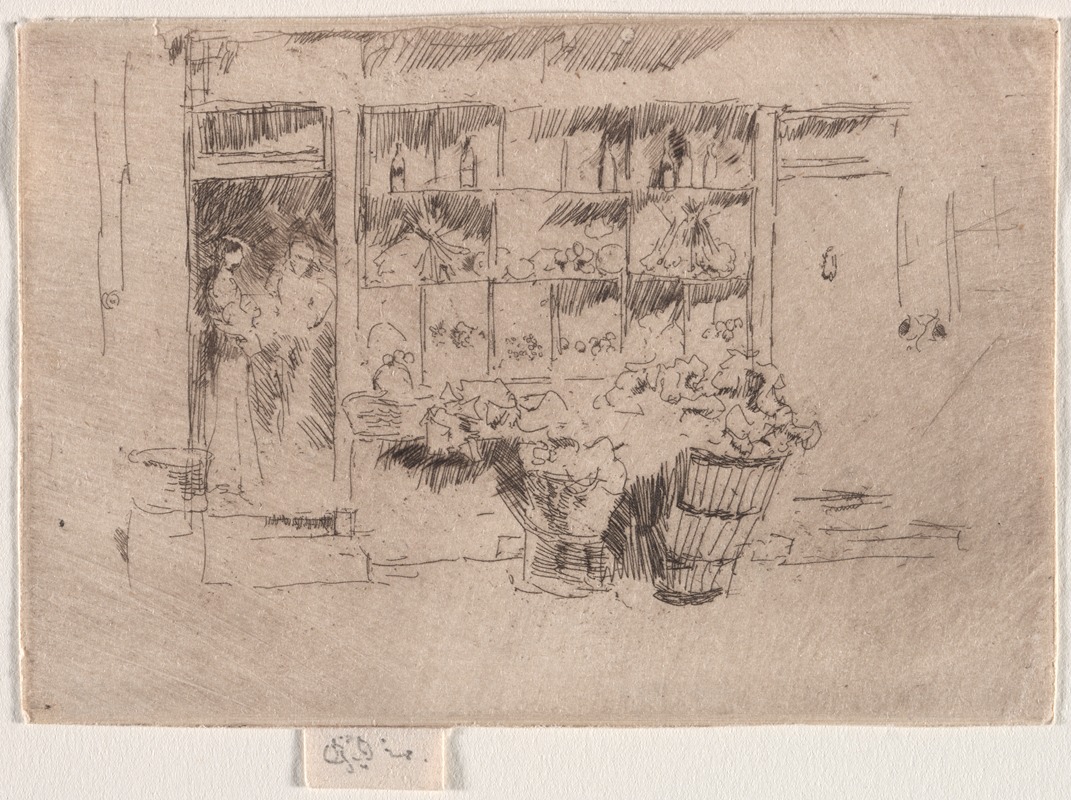
Fruit Shop
A hand-painted replica of James Abbott McNeill Whistler’s masterpiece Fruit Shop, meticulously crafted by professional artists to capture the true essence of the original. Each piece is created with museum-quality canvas and rare mineral pigments, carefully painted by experienced artists with delicate brushstrokes and rich, layered colors to perfectly recreate the texture of the original artwork. Unlike machine-printed reproductions, this hand-painted version brings the painting to life, infused with the artist’s emotions and skill in every stroke. Whether for personal collection or home decoration, it instantly elevates the artistic atmosphere of any space.
James Abbott McNeill Whistler, an American artist active during the late 19th century, is renowned for his contributions to the art world, particularly in the realms of painting and etching. Among his diverse body of work, "Fruit Shop" stands as a notable piece, though it is less widely discussed than some of his other works like "Arrangement in Grey and Black No.1," famously known as "Whistler's Mother."
"Fruit Shop" is an etching created by Whistler, who was known for his mastery in this medium. Etching, a printmaking technique that involves using acid to cut into the unprotected parts of a metal surface to create a design, was one of Whistler's favored methods for capturing the intricacies of urban life and architecture. His etchings often reflect his keen eye for detail and his ability to convey atmosphere and mood through line work.
The "Fruit Shop" etching is part of Whistler's "French Set," a series of etchings he produced during his time in France in the 1850s. This series is significant as it marks Whistler's early exploration of etching and his development as an artist. The "French Set" includes scenes from the streets of Paris and its surroundings, capturing the everyday life and architecture of the time.
In "Fruit Shop," Whistler depicts a small, unassuming shop, likely located in a Parisian street, filled with various fruits. The etching captures the texture and form of the fruits, as well as the character of the shop itself. Whistler's use of line is both delicate and precise, allowing him to convey the bustling yet intimate atmosphere of the shop. This work reflects Whistler's interest in the mundane aspects of life, elevating them through his artistic lens.
Whistler's approach to etching was influenced by his admiration for the works of earlier masters such as Rembrandt. He was known for his ability to create depth and contrast through his use of line, and "Fruit Shop" is a testament to his skill in this regard. The piece demonstrates his ability to capture light and shadow, adding a sense of realism and immediacy to the scene.
Throughout his career, Whistler was associated with the Aesthetic Movement, which emphasized art for art's sake and prioritized beauty and composition over narrative content. While "Fruit Shop" is a relatively straightforward depiction of a commercial establishment, it aligns with Whistler's aesthetic principles by focusing on the visual harmony and balance of the composition.
Whistler's work, including "Fruit Shop," had a significant impact on the art world, influencing both his contemporaries and future generations of artists. His innovative approach to composition and his mastery of various techniques contributed to the development of modern art.
Though "Fruit Shop" may not be as widely recognized as some of Whistler's other works, it remains an important example of his early etching style and his ability to find beauty in everyday scenes. The piece is a reflection of Whistler's artistic philosophy and his commitment to capturing the essence of his subjects through his unique perspective.





